Free Courses Sale ends Soon, Get It Now


Free Courses Sale ends Soon, Get It Now


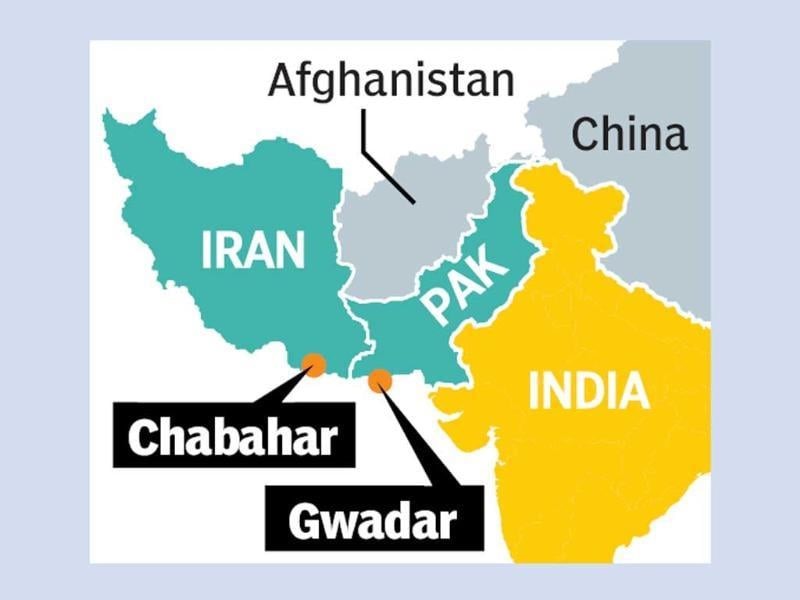
Disclaimer: Copyright infringement not intended.
Context
Chabahar Port
Location
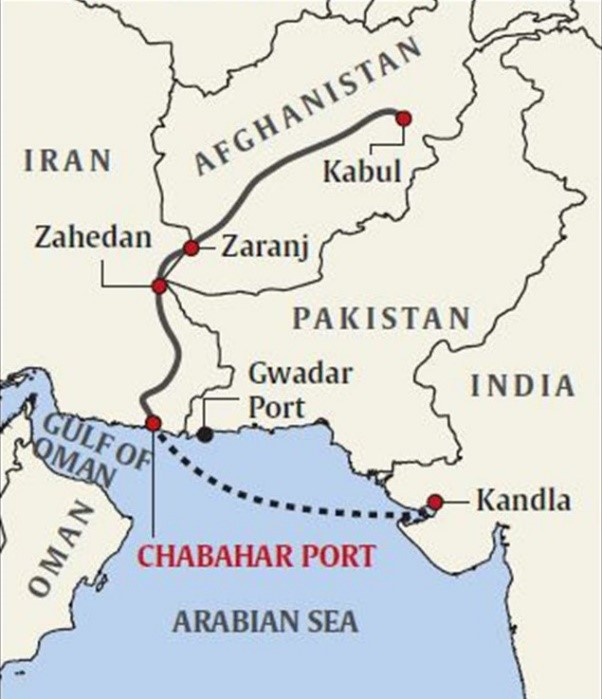
History
Strategic importance
Recent Development
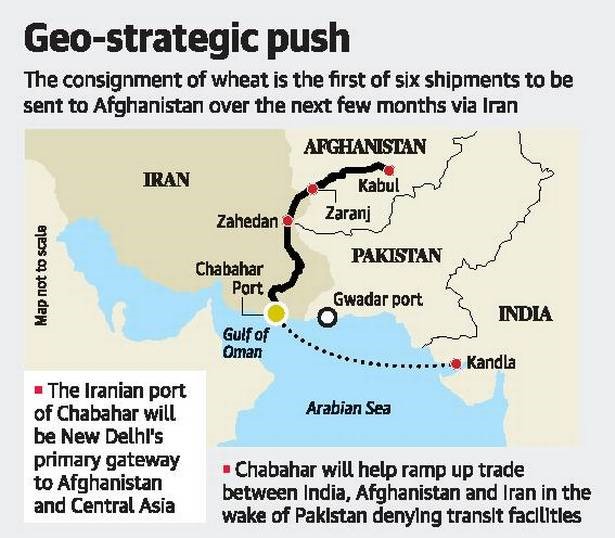
Reasons why Chabahar Port is crucial for India
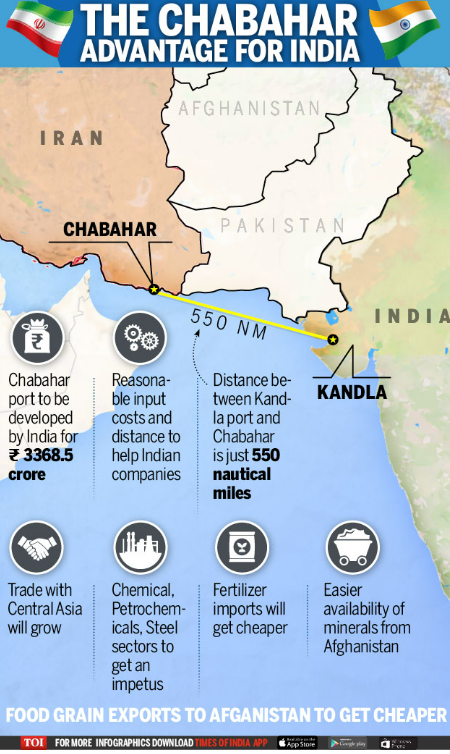
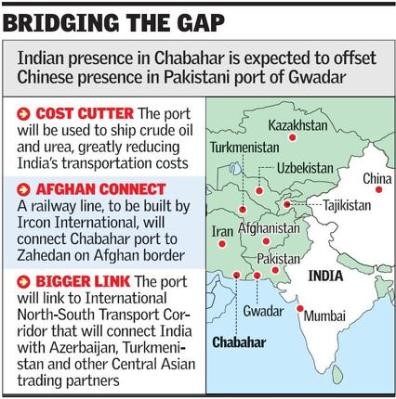
Chabahar: An arena for Geopolitical Competition
Iran’s Balancing Act
Recent moves by India and Iran
Closing Remarks
READ ABOUT INSTC: https://www.iasgyan.in/daily-current-affairs/instc
|
PRACTICE QUESTION Q. The growing Chinese naval presence and the expanding strategic relationship between Iran and China underscores the need for India to stay engaged and perhaps even augment its presence at Chabahar Port which is an arena for Geopolitical Competition. Give reasons why Chabahar Port is crucial for India. |
© 2024 iasgyan. All right reserved